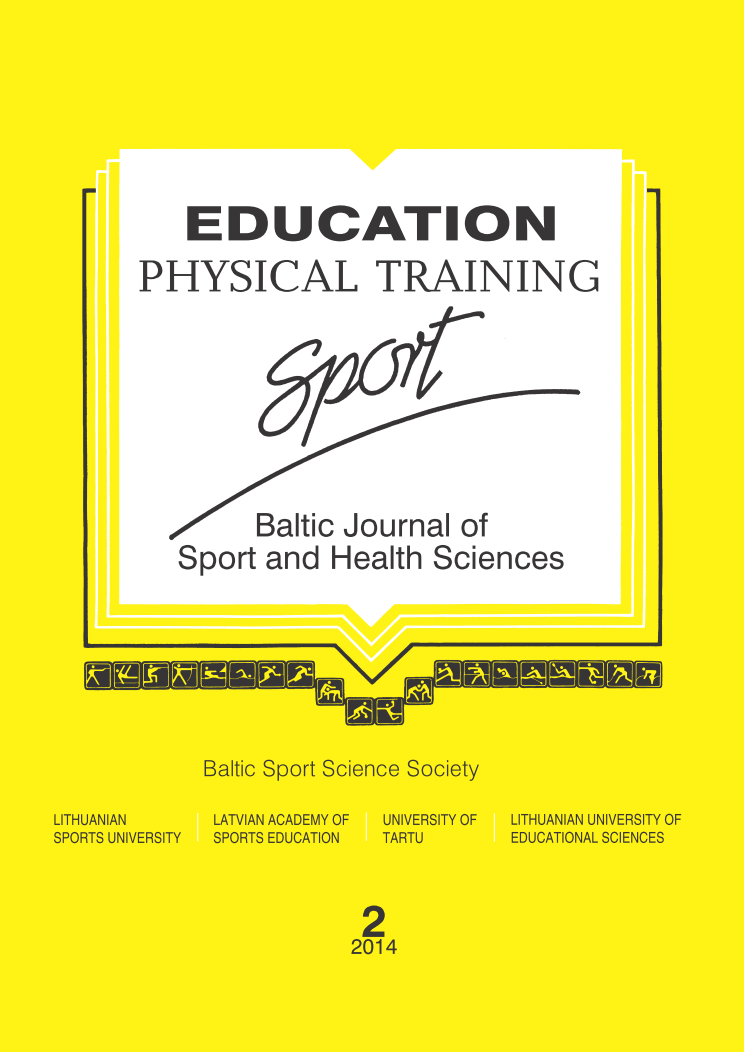Relations between Physical Activity, Fitness, Muscle Strength and Health: Findings from the European Youth Heart Study (EYHS)
Abstract
The European Youth Heart Study (EYHS) is an on-going multi-centre, prospective, observational cohort study.
High quality observational data from population-based samples followed over time provide a valuable source that
can be used for examining hypotheses of associations of suspected risk factor exposures with health outcomes.
Furthermore, given that the data are collected in well-defined population samples with high participation rates, it can
be used for surveillance purposes. Surveillance involves a systematic collection of data from well-defined populations,
and analysis and interpretation of such data. Timely collected- and high quality data from population-based samples
is a crucial resource that can inform policy-makers and the public, and is vital for health care authorities for timely
planning of prevention programs.
The EYHS has used standardized high quality methods to obtain CVD risk factor levels and their determinants
among population-based samples of children and adolescents across Europe. It involves random population-based
samples of children and adolescents recruited from distinct geographical regions in Europe, which are followed over
time. Since the late 1990-ies the EYHS has collected detailed data on 6580 children, adolescents, and young adults
with high response rates (overall response rate of 72%). These data have been widely used for describing population
distribution of early determinants of cardiovascular risk factors and sources of their inequalities, and in identifying
personal, genetic, and environmental determinants of current and young adulthood cardiovascular health outcomes.
This article summarizes major findings related to sedentary behaviour, physical activity and physical fitness.
The findings include cross-sectional and prospective observational data from the EYHS.
Keywords: children, physical activity, sedentary behaviour, cardiovascular fitness.
Downloads
Published
Issue
Section
License
Copyright (c) 2018 Baltic Journal of Sport and Health Sciences

This work is licensed under a Creative Commons Attribution 4.0 International License.






